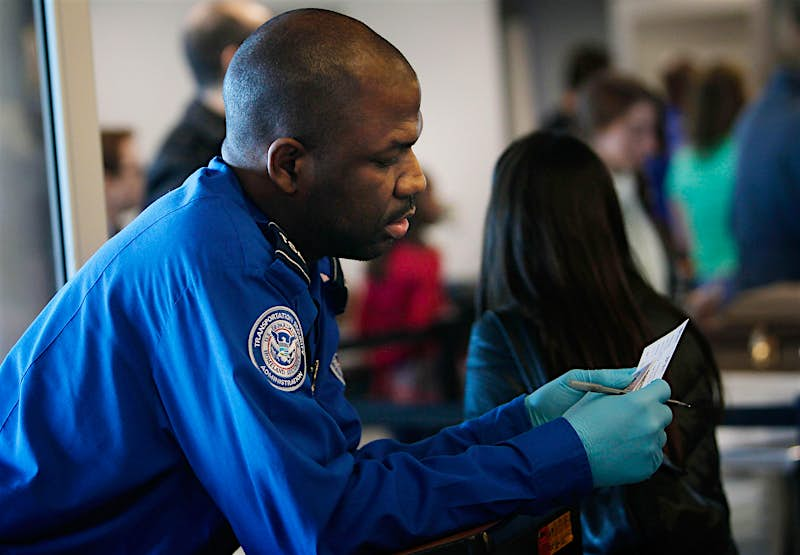Airline passengers whose drivers licenses aren’t up to par are traveling on borrowed time. By this time next year, a REAL ID-compliant driver’s license, an enhanced driver’s license, or another form of identification like a passport will be required to fly within the United States, and ahead of the roll-out, the Transportation Security Administration has started issuing verbal warnings to travelers whose current IDs don’t pass muster.

Signage notifying travelers of the change have been on display since April, and the personal warnings kicked in toward the end of August. Starting October 1, passengers will be required to show a REAL ID-compliant license, marked by a star on the top of the card, to get through airport security checkpoints nationwide. Per the TSA, those who can’t verify their identity won’t be allowed to pass through the checkpoint and won’t be allowed to fly. (Check with your state’s Department of Motor Vehicles to see if yours qualifies.)

Though concerns have been voiced that the REAL ID program is being used to build a federal database with information that was previously only available on a state-by-state basis, the Department of Homeland Security insists that’s not the case. “REAL ID is a national set of standards, not a national identification card,” the DHS site reads. “Each jurisdiction continues to issue its own unique license, maintains its own records, and controls who gets access to those records and under what circumstances. The purpose of REAL ID is to make our identity documents more consistent and secure.”
The REAL ID Act was passed by Congress in 2005, but enforcement was postponed in 2007 and again in 2011. Other phases of the plan, like requiring enhanced IDs for restricted areas, were put into place from 2014 to 2015, with the air-travel portion putting a bow on it this year.




